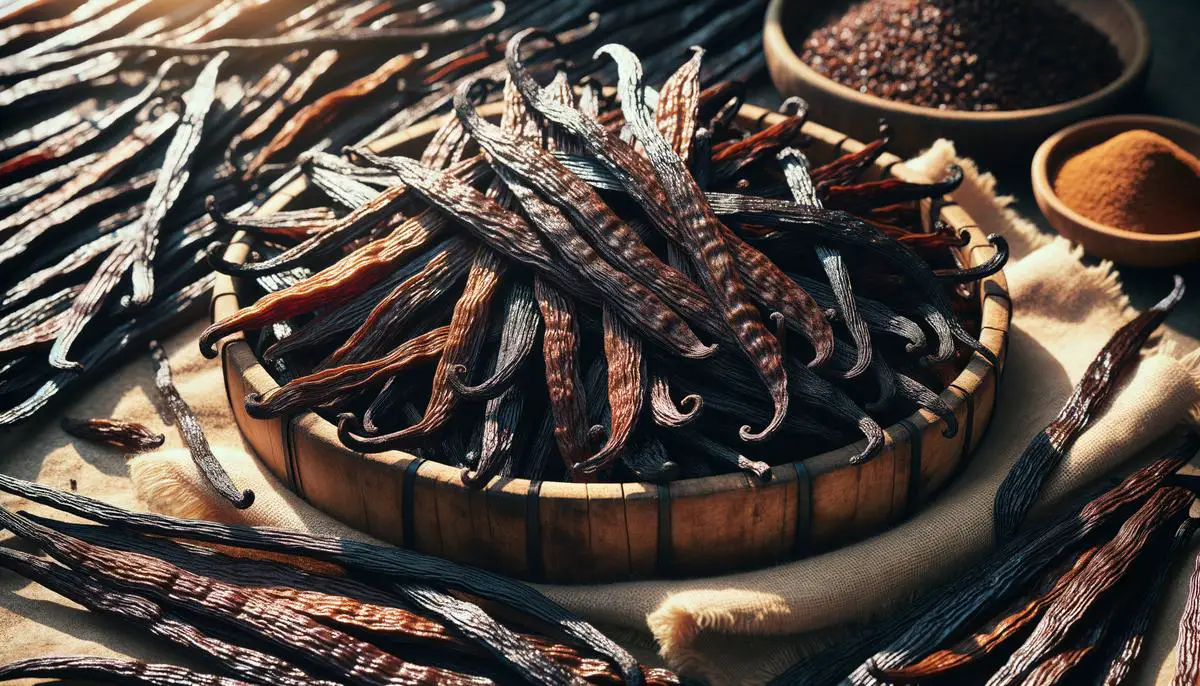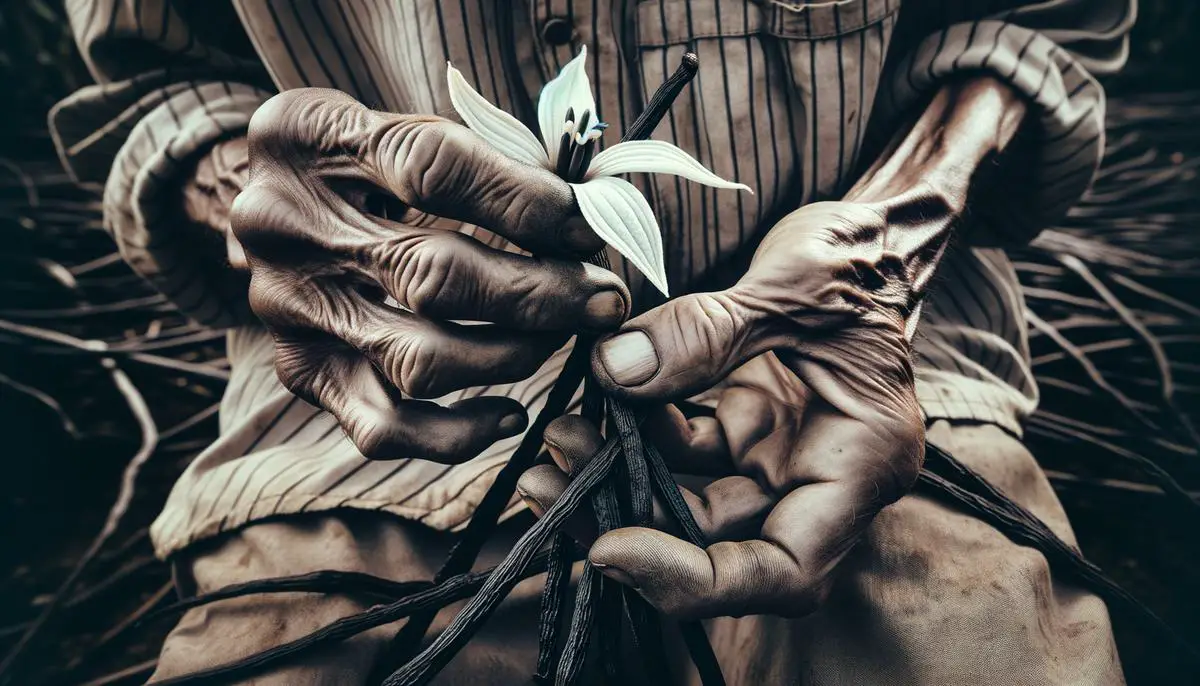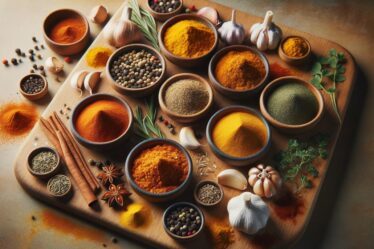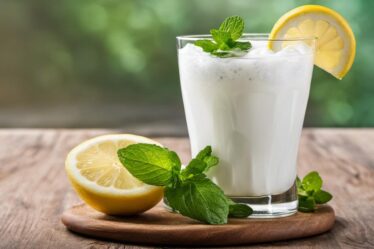
Cultivation and Harvesting of Vanilla
Organic vanilla cultivation stands apart in agricultural practice, not merely for its methodology but for the intersection of eco-conscious farming and the intricate process it necessitates. The journey of organic vanilla from flower to full-bodied spice is steeped in patience, precision, and a respect for nature. Organic vanilla vines thrive under the care of farmers who use natural alternatives to synthetic pesticides and fertilizers. This dedication maintains the purity of the vanilla orchid and its habitat, safeguarding biodiversity and ensuring an unadulterated pollination process.
The distinction of organic vanilla lies in the manual labor and time investment it demands. The pollination process relies on the delicate touch of skilled farmers to replicate the work of the Melipona bee, absent in vanilla's adoptive terrains across Madagascar and Indonesia. Each bloom awaits human intervention to conceive the vanilla pod, promising rich, complex flavors. Post-pollination, the gestation of vanilla beans is labor and time-intensive, culminating in a curing process that unfolds over months—each step undertaken with care to develop the bean's full aromatic spectrum. This process ensures that each organic vanilla bean is a treasure born of tradition, ecological stewardship, and the purity of nature.

The Curing Process of Vanilla Beans
Once harvested, vanilla beans undergo an intricate curing process, vital to developing their distinctive flavor profile. This process, steeped in tradition, exemplifies a balance between time-honored techniques and patience. The Bourbon curing method, employed primarily in regions like Madagascar, plays a significant role in defining the quality of vanilla beans. This ritual starts with blanching the green pods in hot water to arrest the plant's living processes. Following this, a sequence of sun drying during the day and sweating in cloth bundles at night unfolds over weeks. Each step is carefully timed, transitioning the beans from bright green to a rich, dark shade. This phase concentrates the beans' natural sugars and harmonizes an array of over 200 organic compounds, contributing to the beans' potent aroma and creamy flavor.
The curing procedure relies on manual skill—a testament to the artisans' craft in vanilla cultivation. Craftsmen with generations of knowledge navigate the line between fermentation and rot, turning the beans at the perfect moments to ensure even drying. This patient work, often under the sun of tropical climates, lays the groundwork for vanillin—the compound chiefly responsible for the characteristic vanilla scent and flavor—to flourish.1 While modern techniques seek to expedite this process, aficionados assert that the depth of flavor achievable through traditional curing is unparalleled. When enjoying a delicacy infused with premium grade A Madagascar vanilla beans, one savors not just the culinary artistry but a heritage of dedicated craftsmanship.
Understanding Vanilla Grades and Types
The world of vanilla is intriguing, with classifications that denote different grades and types. Each vanilla bean possesses its own identity, shaped by the soil it sprung from, the hands that nurtured it, and the methods used to draw out its aromatic qualities. Similar to how terroir infuses grapes with a unique essence in the world of wine, the geographical and environmental intricacies of vanilla cultivation impart unique flavor profiles that distinguish one vanilla type from another. The wind whispers through the vines in Madagascar differently than those in Tahiti, giving rise to Planifolia and Tahitensis—two main vanilla species esteemed for their distinct characteristics.
The division into grades—primarily Grade A and Grade B—offers insight into the meticulous art behind vanilla cultivation and preparation.
- Grade A vanilla beans, also known as 'Gourmet' or 'Prime', are the epitome of quality, boasting high moisture content that renders them plump and flexible. These are the beans that, when split open, release a bouquet of flavors that elevate desserts and culinary creations.
- Grade B beans, often termed 'extraction grade', are leaner with a lower moisture content, earmarked for producing robust extracts that infuse beverages, baked treats, and various culinary delights with the essence of vanilla.
Through these grades and types flows the narrative of vanilla, from the sun-drenched orchid fields to the labor-intensive curing process that awakens the bean's aromatic majesty.
Sustainability and Ethical Considerations
In the vanilla industry, ethics plays a pivotal role, influencing practices from cultivation to consumer. This imperative extends beyond adherence to organic farming techniques to embody broader concerns tied to the well-being of communities, the protection of workers' rights, and the assurance of fair trade practices. Companies pioneering in ethical sourcing highlight an allegiance to these principles, particularly the commitment to providing farmers with a fair and living wage. By recognizing the farmers' indispensable role in the cultivation process, entities like Beanilla and Vanilla Bean Project have set a precedent, fostering economic resilience and community development in the vanilla-producing regions of Madagascar. Their initiatives redefine success in the industry, underscoring that truly exceptional vanilla is measured not solely by its aromatic richness but by the impact on human lives and environmental sustainability.
Coupled with these ethical guidelines is the environmental stewardship inherent in organic vanilla production, where conservation of biodiversity and adherence to regenerative farming posit a counter-narrative to conventional agriculture's ecological footprint. As more vanilla companies pledge allegiance to organic, regenerative certifications, such as the Regenerative Organic Certified status achieved by Vanilla Bean Project, they spotlight a holistic approach to agriculture. This practice cherishes the soil and its intricate web of life, enhancing biodiversity rather than depleting it. By offering a blueprint for crop cultivation that mitigates climate change—embracing methods that increase carbon sequestration and enhance soil health—these industry trendsetters pilot a future where ethical considerations dictate production methodologies.2 Ethics in the vanilla industry exemplifies a symbiosis between human equity, livelihood provision for farmers, engagement in fair trade, and a commitment to environmental preservation, sculpting a model for agriculture that nourishes both the land and human spirit.

The true value of organic vanilla extends far beyond its rich aroma and complex flavor profile. It represents a harmonious blend of tradition, meticulous care in cultivation and curing processes, ethical considerations in trade practices, and a commitment to environmental sustainability. This symphony of efforts ensures the production of high-quality vanilla while nurturing the land it comes from and supporting the communities that dedicate their lives to its cultivation. Organic vanilla is thus not merely a spice but a testament to what can be achieved when human endeavor aligns with nature's rhythms.
- Havkin-Frenkel D, Belanger FC, eds. Handbook of Vanilla Science and Technology. 2nd ed. Wiley; 2018.
- Regenerative Organic Certified. Regenerative organic certified program goals. Accessed April 28, 2023. https://regenorganic.org/



